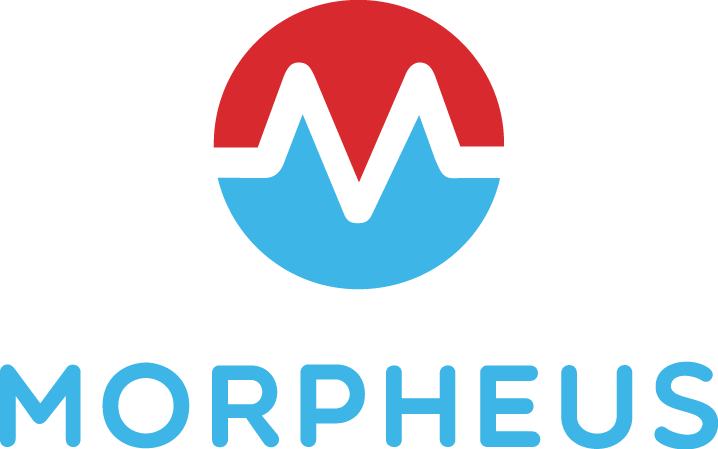October 13, 2021
Gaining Business Agility from a Multicloud Strategy
Organizations that can leverage the similarities — and differences — among cloud service providers increase their resilience and flexibility.
If business agility is a major benefit of cloud computing, then a multicloud environment must enhance an organization’s agility even more, right? There’s certainly some truth to this idea. Organizations that strategically adopt a multicloud architecture stand to gain efficiency as their cloud footprints grow. In fact, an organization can expect some greater cost efficiencies, making room for additional investment in technologies and business opportunities, as well as a marked increase in flexibility.
I see the cloud moving in the direction of what I call “normalization,” reducing the complexity of traditional IT infrastructure to components that fit the cloud at large. In this scenario, organizations can employ architectures that are broadly consumable, if not universal, so that nearly any cloud engineer can work on any cloud platform.
This won’t be the goal for every organization. However, the value an organization can derive from a multicloud environment makes such an architecture well worth considering. Two of the biggest benefits of multicloud are the ability to choose the optimal cloud services provider (CSP) for a specific need and the flexibility of not being locked into a single environment.
Fine-Tune Business Strategy with Best-in-Class Cloud Options
A multicloud environment enables an organization to choose the CSP that can deliver the best available options for specific use cases. Each CSP has its own unique tools and attributes that organizations can leverage as part of their platforms. On one hand, cloud providers have substantial overlap for similar offerings. On the other hand, when you’re developing a product or making a transition that requires a specific process, there may be significant differences between two CSPs.
For example, Google is generally more focused on app modernization and native Kubernetes services. It has exceptional analytics and natural language processing to support artificial intelligence and machine learning. Amazon Web Services has a strong pure software development suite, as well as studio aspects for applications such as video encoding and media generation. Microsoft Azure excels in suite-style business operations (Office 365) and storage and offers a more traditional infrastructure approach that aligns well with certain corporate needs.
If a company needs to automate and scale the encoding of live-capture video, for instance, AWS might be a good choice. If the company needs to distribute that content globally, Google may offer a more expansive footprint. More choice means greater flexibility to solve problems and achieve business objectives.
Increase Line-of-Business Flexibility with Transferrable Technologies
As the founding principles of multicloud — automation, microservices and containerization —become pervasive across CSPs, organizations can be even more nimble. The fact that organizations can move among cloud providers offers other benefits too: avoiding vendor lock-in, increasing resilience and improving disaster recovery capabilities.
The real strength is that multicloud environments enable organizations to be more strategic with resource consumption. For example, a multidivisional organization that wants to sell a line of business could isolate the technology for that line of business by replicating its design in another cloud provider. That technology then becomes portable and easier to migrate as part of the selling strategy.
Today, so many transactions are driven by market share or proprietary technology — factors other than physical elements or human resources. The lighter you make that transactional lift, the easier and more efficient the deal becomes.
Story by Erik Ross, a career technologist with 25 years of experience building startups, innovating solutions and guiding enterprise organizations through the ever-changing world of technology. For the past 10 years, Erik has focused on innovating both business solutions and infrastructure by leveraging the cloud.

